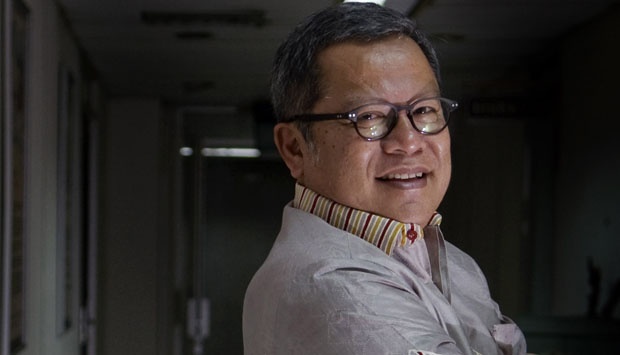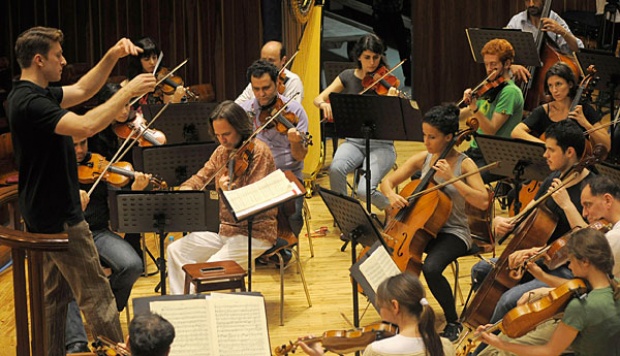Archeologist Edi Sedyawati: Jewelry craftsmen need certification
19 October 2018 23:07 WIB

Indonesian antique jewelry - which has existed since pre-historic times -- was a topic of much discussion following the Jakarta International Jewelry Fair last month. Hundreds of local jewelry craftsmen took part in exhibiting their collection of rare Indonesian jewelry and ornaments. Lamentably, such craftsmen and their special art are fast disappearing.
Edi Sedyawati, 74, a professor of archeology at the University of Indonesia, is of the opinion that there must be more information disseminated to the public on the value of traditional jewelry, to prevent their disappearance. Among her peers, Edy is known as an expert on art history. Tempo reporters Sadika Hamid and Syari Fani recently interviewed her, who once held the job of culture director-general, at her residence in central Jakarta. Excerpts:
How do you see the art of traditional art in Indonesia today?
There is an infinite variety in the jewelry of Indonesia. Some are made of metal such as gold and silver, others are made of feathers, like those worn by the Dayak tribe in Kalimantan. Some regions produce jewelry made of porcelain, which show the existence of cultural relations with ancient China.
What is the role of traditional jewelry from the archeological aspect?
Its function is basically to enhance or beautify men. The feathered jewelry of Kalimantan, for example are worn by the Dayak tribesmen. Its function is to indicate social status. The more gold contained in their jewelry, the higher the position of the wearer in his community. Some jewelry may have religious meaning. The pendet of Bali, which is a dance of welcome, requires its dancers to wear specific ornaments when they are dancing at the sacred temples.
Was there a specific era when jewelry first appeared in Indonesia?
It's difficult to determine exactly when because there are no documentation of pre-historic eras. But if we trace its history, jewelry first appeared in China and India, long before AD period. Because of prolific trade relations, our ancestors interacted with them and were influenced by them.
Do you have any suggestions on how antique jewelry can be conserved?
The important thing is to raise the value of these items. In Europe, people place high value on art so that its monetary value also remains high. Such appreciation needs to be promoted on our antique and traditional jewelry in Indonesia. Market potential is, after all, determined by public appreciation.
But how to instill such appreciation in society?
These items must be widely and intensively promoted. One way is to increase the scientific study and research on art objects. Information coming out of such studies is important to demonstrate the uniqueness and beauty of Indonesian crafts and their specific designs. This must be accompanied by a program to develop and conserve the art of design.
How? It is so difficult to interest people into making traditional jewelry and ornaments.
Our trade system must provide special protection and promotion for this cultural legacy of ours. One of them is to certify them. Certification guarantees the high standard of the craftsmen so they can increase their prices. In that way, they get the proper compensation and appreciation.
Are there plans to establish such a certification program?
I have repeatedly conveyed this important feature when I was director-general of culture. But so far, nothing has been done.
Besides certification, can the government help to conserve antique traditional jewelry?
The Ministry Of Culture must first develop the appropriate information system or data base on the topic. All aspects of crafts must be included, including antique jewelry. My wish is that such information be easily accessible to the public, such as in museums.
Doesn't such a data base already exist?
I started to develop such a system when I was director-general of culture from 1993 to 1999. We came up with a data structure which covered all aspects of culture, based in Jakarta, but with a cross-sectoral network. But no one followed it up by filling in the data, so nothing has happened to it yet.
How do you feel about the replication antique jewelry?
I think it's a good idea. The material can be changed or replaced. For example, jewelry can be made of copper but gilded in gold. After all, not many customers can afford to buy ornaments made of pure gold. But it's the expertise of making antique and traditional design jewelry that should be preserved.
***
A complete version of this interview is also available in the June 24 to 30 edition of Tempo English.






















